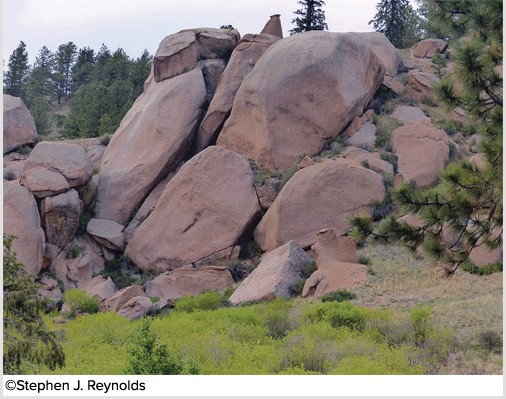Based on the march of the seasons, which of the following is true of Quito, Ecuador (0° 15' N, 78° 35' W)?
A) Quito experiences the subsolar point twice daily.
B) Quito experiences days and nights of equal lengths throughout the year.
C) At noon on June 21st, the sun is directly overhead in Quito.
D) Quito is at a latitude that is never the subsolar point.
E) During the June Solstice, Quito experiences 24 hours of darkness because it is completely outside of the circle of illumination.
B
You might also like to view...
Why might an area with a large amount of limestone (CaCO3 ) be less susceptible to acid rain?
A) The acid in the rain is neutralized by the natural base in the limestone. B) The rain travels quickly through the porous limestone and therefore the rate of reaction is slower. C) Limestone is degraded by acid rain and therefore acid rain has the same damaging effects. D) Only acid rain made from sulfur compounds reacts with the limestone. E) none of the above
This is not a form of low cloud:
A) stratus. B) nimbostratus. C) nimbocumulus. D) stratocumulus.
The organisms that consume autotrophs are called: a. secondary producers
b. primary producers. c. secondary consumers. d. heterotrophs.
What type of slope failure is shown in this figure?
A. rock slide B. debris flow C. rock fall D. creep E. rotational slide